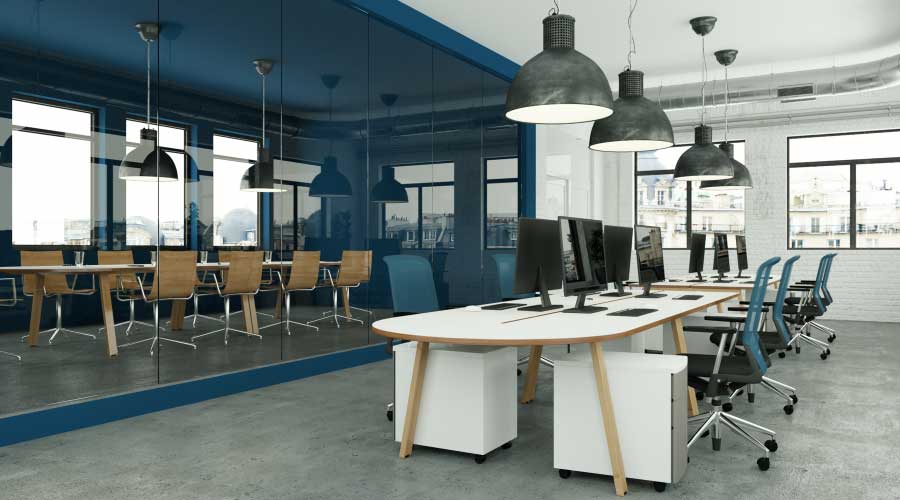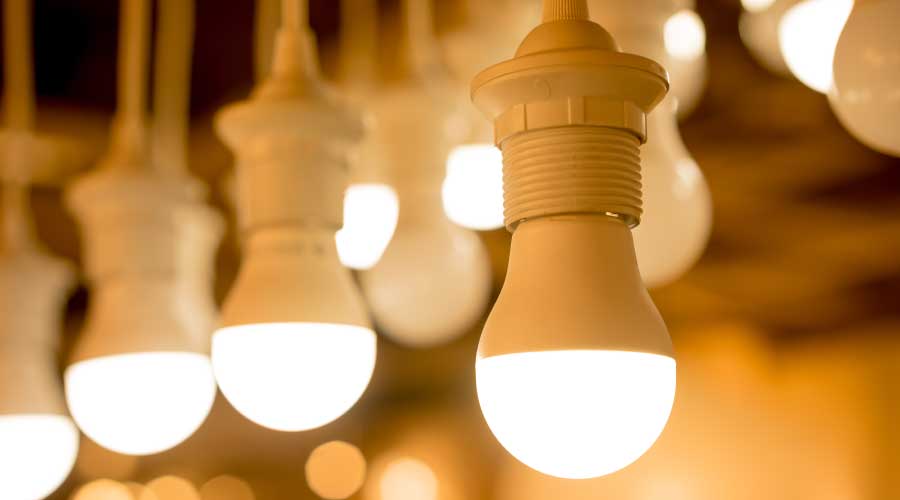Benefits and Challenges Associated with LEDs
Not since the beginning of electric lighting have managers seen such a rapid change in technology or such rapid acceptance and implementation of it. The potential energy savings LEDs provide and the reduced frequency of maintenance has generated a great deal of excitement, and both are music to managers' ears.
Lighting designers and building occupants like the generally excellent color quality LEDs provide, as well as the ability to dim. They also like the smaller housings and the ability to put light in places where it previously had been impossible.
While LEDs can bring all of these benefits, they are not without challenges. The technology is changing so fast that every six months or so, manufacturers make improvements that make it impossible to create long-term, project-standard specifications. Instead, performance specifications are needed to ensure consistent performance of LED products over time.
Even with this rapid acceptance, LED technology can create pitfalls, especially in retrofit situations. Though most LEDs are dimmable, not every LED is compatible with every dimmer. In existing buildings, this situation can be frustrating because in some cases, the only way to determine compatibility is by creating mock-ups.
But it can be very time consuming and costly to perform a physical test of an entire circuit to judge a product's performance, especially if the fixtures are difficult to access. Some manufacturers publish product compatibility lists on their websites to help specifiers match technologies, but because of the rapid change in products, these lists are never fully up to date or complete.
LED products are available for most fixture types that exist in institutional and commercial facilities, and many of them are as efficient or more efficient than their fluorescent or HID counterparts. While the cost of LEDs has decreased over the last few years, managers still will pay a premium for them.
Related Topics:














